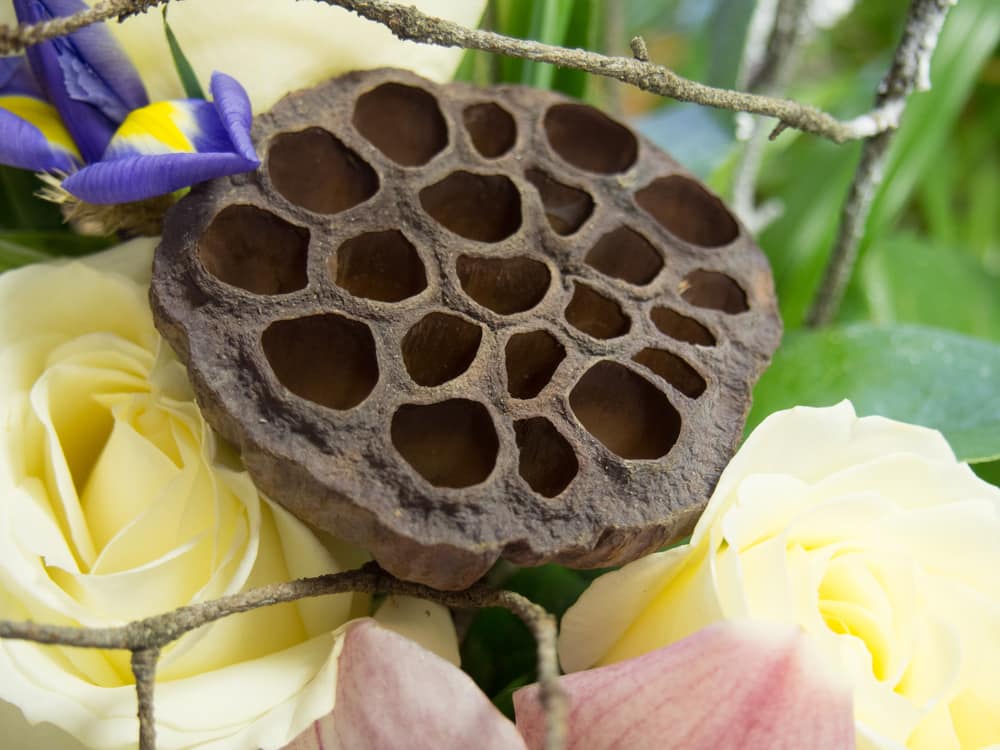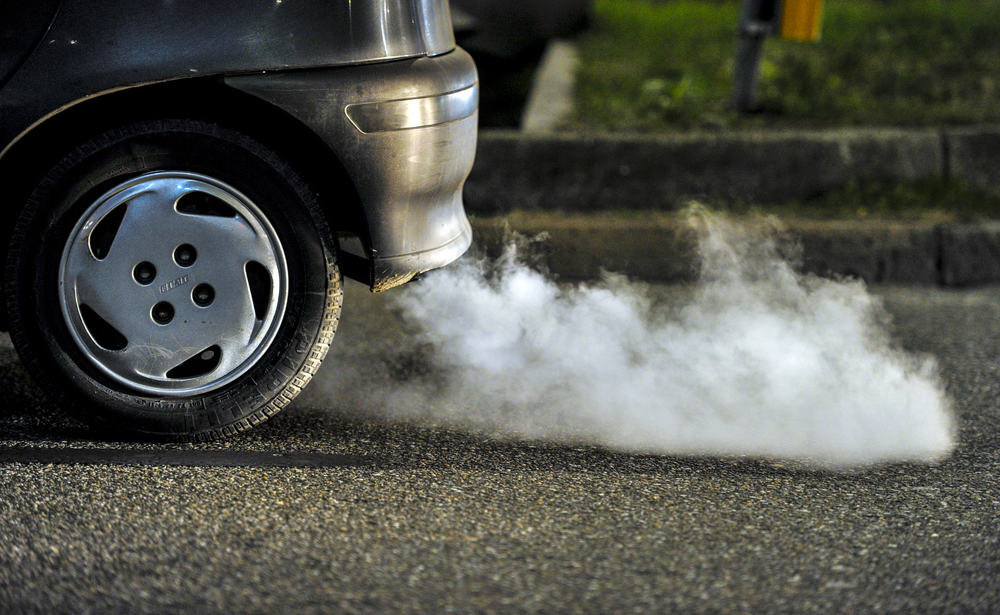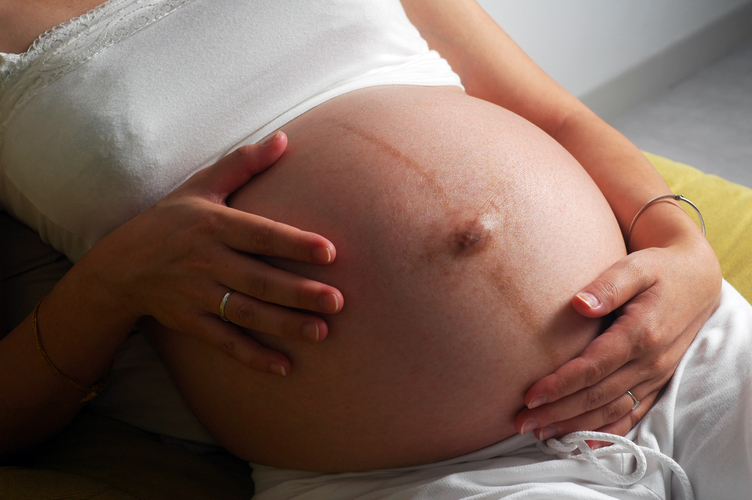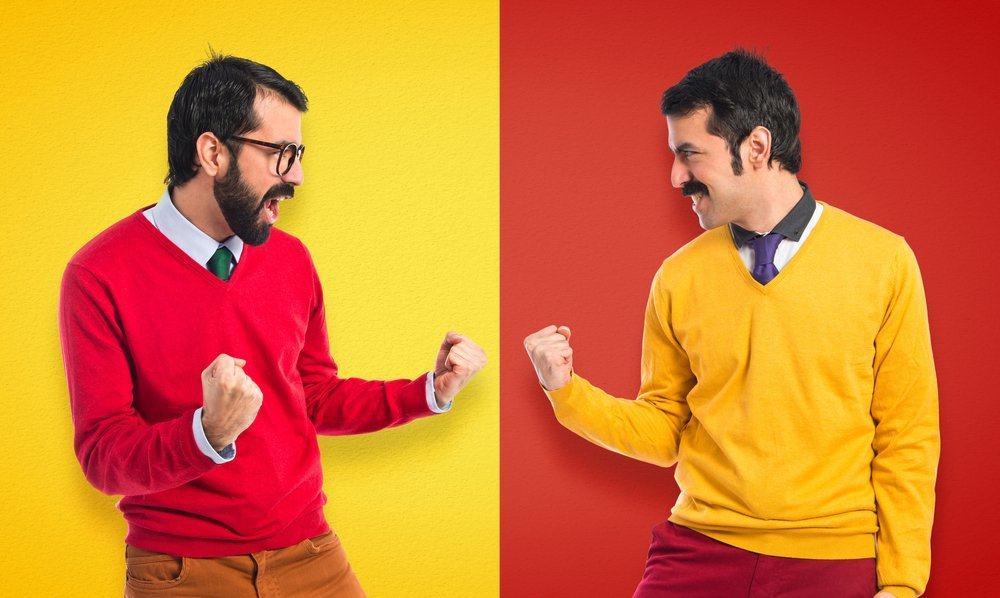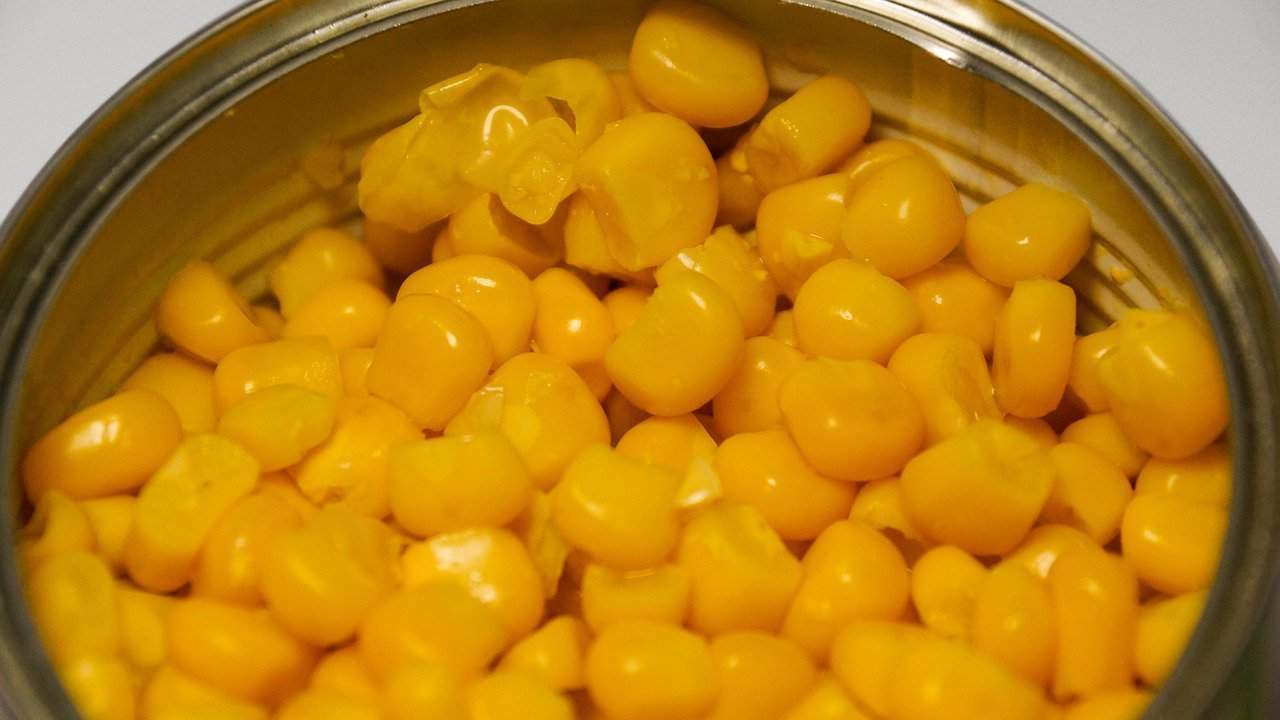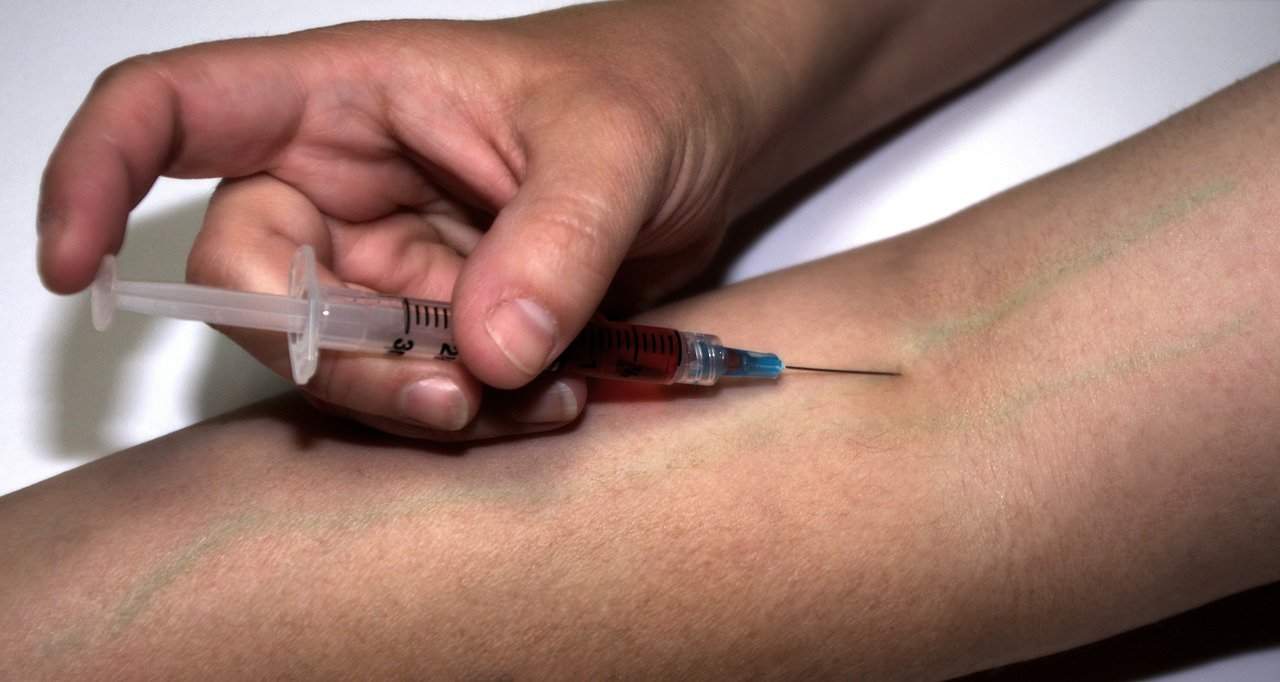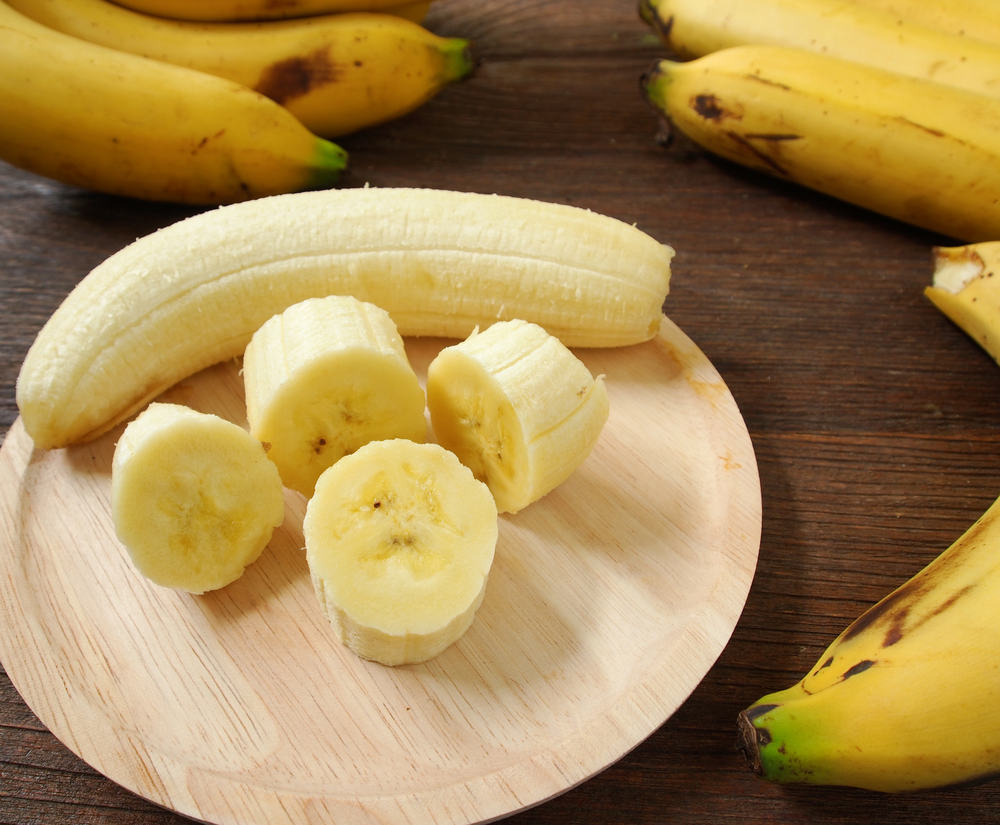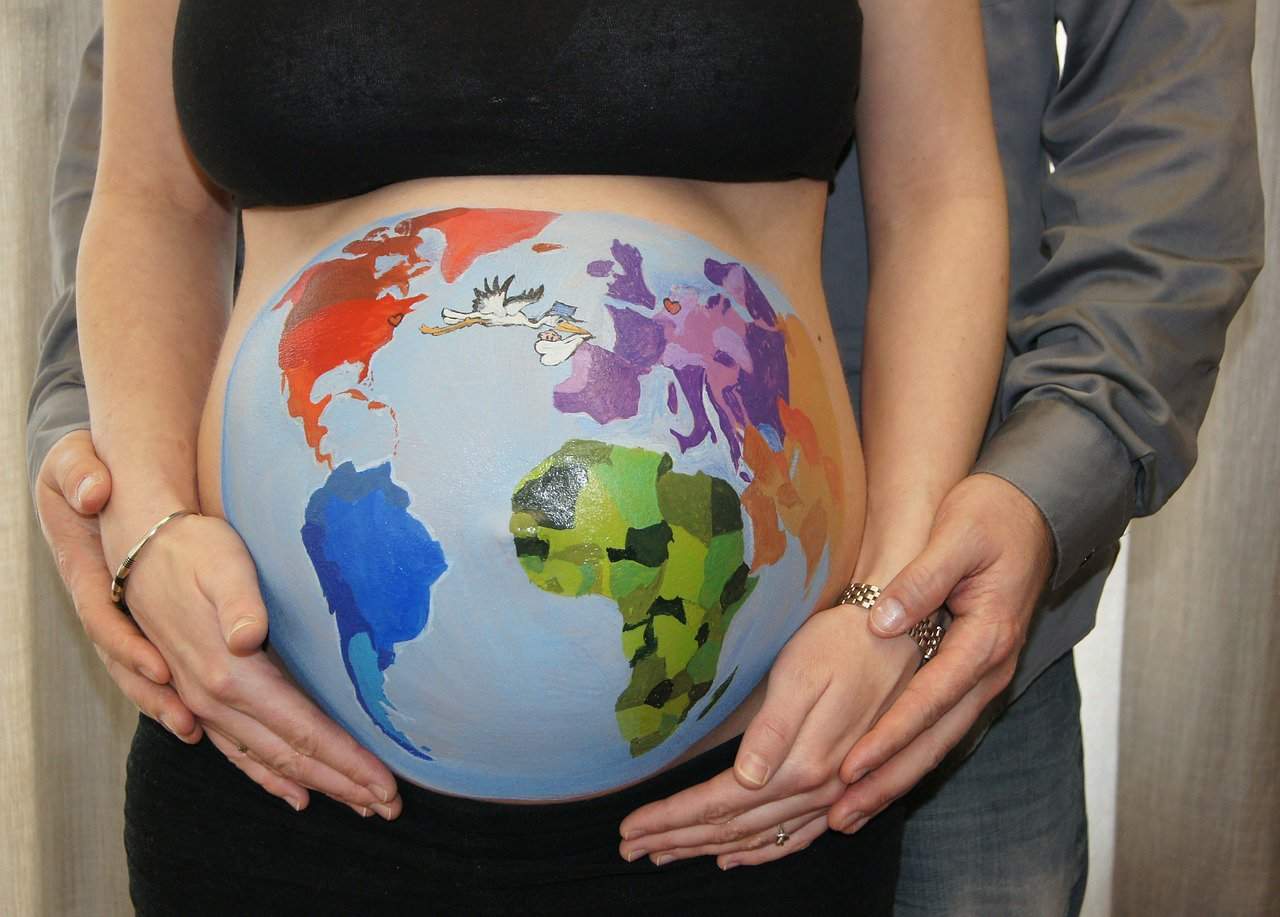Contents:
- Medical Video: (WARNING GROSS) CURING MY TRYPOPHOBIA
- What is trypophobia?
- What causes trypophobia?
- The cause of trypophobia may be based on fear of contracting the disease
Medical Video: (WARNING GROSS) CURING MY TRYPOPHOBIA
Some people are very frightened of snakes or spiders, so dealing with these creatures will make them sweat cold and their hearts beat fast. But for some people, it is precisely soap foam bubbles, honeycomb, and small holes in the dish washing sponge that trigger a panic reaction in themselves. This fear of irregular small holes is called trypophobia. To find out more about trypophobia, see more about the following.
What is trypophobia?
Trypophobia is a type of phobia in the shape of holes created by nature or circular shapes such as bubbles. This fear includes holes or bubbles clustered on skin, meat, wood, plants, corals, sponges, fungi, dry seeds and honeycomb.
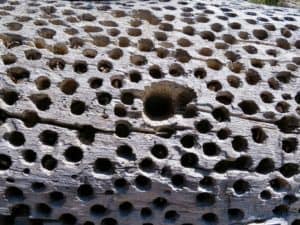
The reaction to this hollow pattern is very strong. Seeing a bubble or circle can make people who have trypophobia feel their skin sweat cold, goose bumps, shudder, itch, pain or real pain, even to nausea and vomiting because they think what they see is really disgusting.
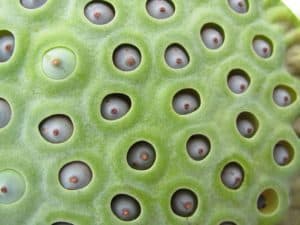
Some of these people thought that something dangerous might lurk in the hole, and some of them were afraid that because they felt they would fall into a hole. Trypophobia in some severe cases can even trigger panic attacks.
What causes trypophobia?
Phobias are anxiety disorders that usually arise from learning or experience (dog bites can cause fear in dogs) or because of innate evolutionary mechanisms, such as those that might underlie fears of spiders and snakes (because they are dangerous creatures). Usually, there are threats, specific or general, real or imagined that underlie a phobia.
In the case of trypophobia, there are no obvious threats, and visual patterns that cause phobias can be very random between each other. Even so, some scientists suspect that extreme reactions to random circular shapes arise because the pattern resembles spots or circles found in poisonous animals, including snakes and octopus with blue heads. So, what exactly is the cause of trypophobia?
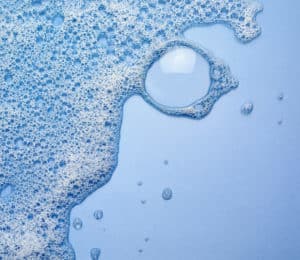
There are several theories behind the causes of trypophobia. In a paper, Paul Hibbard and Arnold J Wilkins suspected that the disgust or fear that arose after seeing this random circle image occurred because the instincts ordered them to avoid watching the strange image as much as possible. Both researchers argue that the overwhelmed brain observes a random and contrasting arrangement of forms that will require more oxygen to be able to process information.
The brain uses about 20% of the body's energy, and its energy use needs to be kept to a minimum. Excessive oxygen intake can make brain waves chaotic, so that the nerves of your brain cannot work properly. As a result you will even feel headaches, nausea, dizziness, and anxiety. Well, trypophobia works like automatic self-defense so you don't experience these things. The brain associates these holes with danger.
The cause of trypophobia may be based on fear of contracting the disease
The findings above are then reinforced by a collaborative study study between Tom Kupfer, a graduate researcher in psychology at the University of Kent in England, and his co-author An Trong Dinh Le, who is a doctorate in psychology at the University of Essex.
They reported that anxiety or panic instens after seeing soap foam bubbles or small holes in the dishwashing sponge might be related to fear of being infected with parasites and infectious diseases. Indeed, many infectious diseases produce hordes of nodules, bumps, or beruntusan random round shape on the skin - for example smallpox, measles, rubella, scarlet fever, and parasitic infections such as mites and fleas.
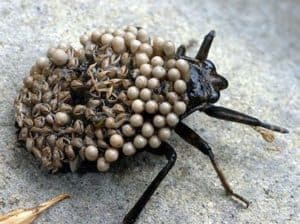
"Pathogens and parasites have been one of the main threats to humans and animals throughout the evolution of the world," Kupfer told Live Science, so avoiding them will reduce the chance of getting sick. "Disgusting reactions have long been known to be the most primitive instincts of human adaptation that are the most obvious to avoid disease," he said.
Most people have been able to adjust to being able to recognize that there is no real danger from this random circle pattern, but for trypophobe - the name for people who have trypophobia - fear, disgust, and panic are involuntary reflex reactions that they cannot control .
Psst ... If you successfully read this article down without feeling like you want to vomit after seeing the pictures above, congratulations! That means you don't have trypophobia.

